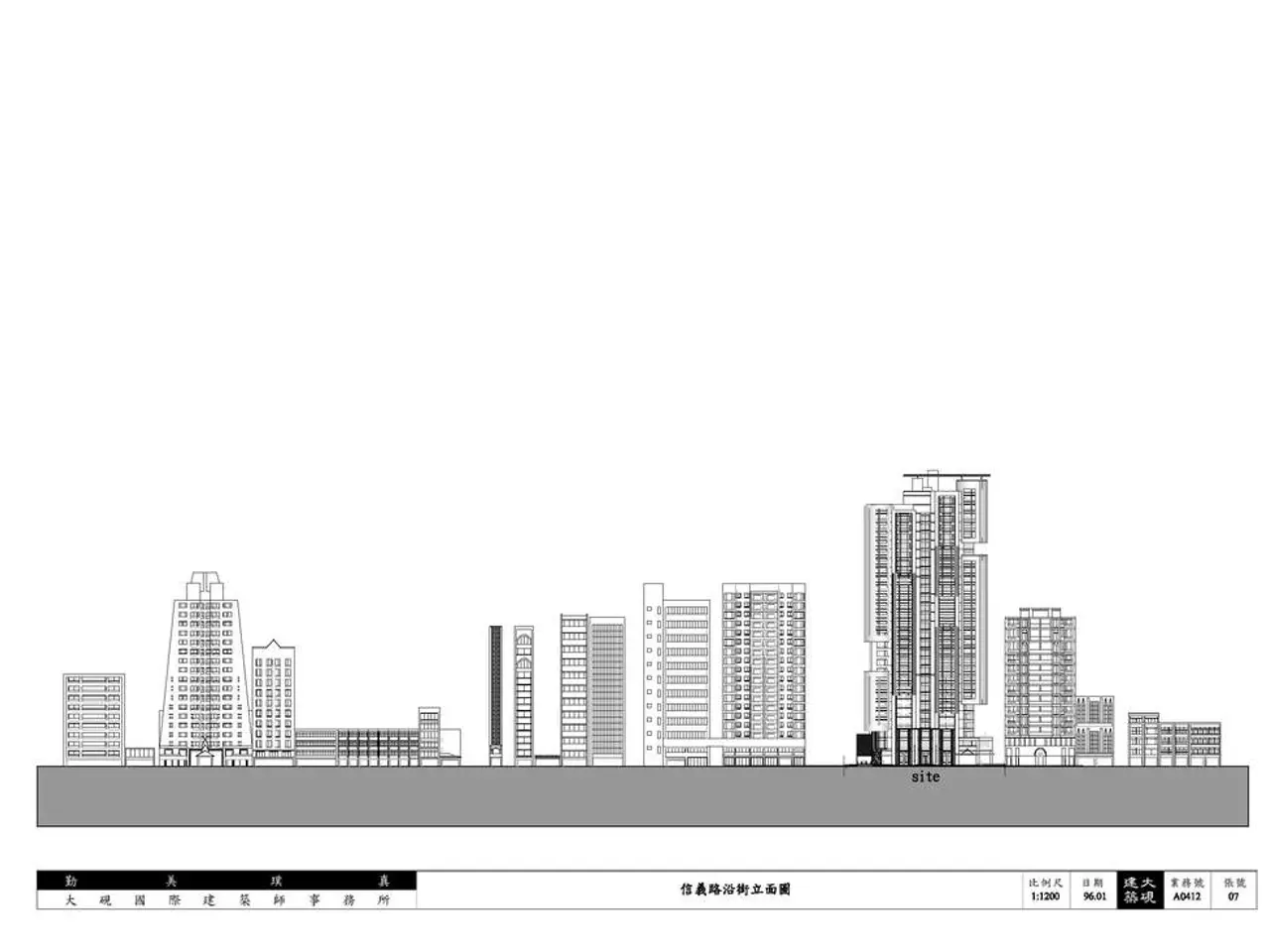Designer's Two-Decade Experience: Unveiling the Desirable AI Specifications
In the rapidly evolving world of design, practical AI tools are making a significant impact, particularly for architects, interior designers, and UI/UX designers. These innovative tools are not just a novelty, but rather, they are transforming the design landscape by automating tedious tasks, enhancing creativity, and improving workflow speed.
Empowering Architects
Industry-standard tools like AutoCAD and Revit are being enhanced with collaboration and customization features tailored for architecture workflows. A newcomer, VisualizeAI, is making waves by transforming sketches into architectural styles and redesigning interior spaces quickly, without requiring prior design skills.
Enhancing Interior Design
For interior designers, tools such as Homestyler, Planner 5D, Interior AI, and IKEA’s AI room planners enable rapid, photorealistic room makeovers and 3D visualization. MyRoomDesigner.AI and VisualizeAI also assist in creating room designs and mood boards with AI, making the design process quicker and easier.
Aiding UI/UX and Branding Designers
Galileo AI and Uizard convert text prompts or sketches into detailed digital interface mockups, accelerating screen design. AI-driven branding tools like Khroma and Looka generate personalized color palettes and logos based on style inputs, proving useful for initial brainstorming and smaller projects.
Despite their advancements, these AI tools do not replace the critical human elements of strategic thinking, nuanced customization, or originality. They are designed to assist designers, automating repetitive tasks, enhancing creativity, and improving workflow speed.
The Difference Between Practical and Fictional AI
Unlike fictional AI depicted in science fiction, practical AI tools are currently limited to automating specific design tasks such as generating layouts, creating visualizations, or suggesting designs based on data and learned patterns. They require human oversight and refinement and function within well-defined constraints.
Fictional AI, on the other hand, suggests fully autonomous creative entities capable of instantaneous, flawless design across all possible criteria without human input. Such tools may produce perfectly optimal and original solutions instantly—capabilities not achievable by current AI.
The Future of Design Tools
The future of design tools lies not in tools that generate one-shot fantasies but in those that make the work and act of creativity faster, easier, and smarter in real life. Practical AI tools should live inside the design process, enhancing the flow with practical heavy lifting. They should be an exoskeleton expanding and organizing the Great Creative Mess, not an assistant in the corner.
The creative mess in design includes various elements such as sketches, unfinished work, multiple options, conflicting client requests, and the paradox of choice. As we shift towards a 3D era, AI is becoming a fuel for new forms of agents, behaviors, interfaces, and workflows.
The real magic of design happens in the middle of a creative mess, not at the end or at the moment of generation. Most AI tools for real-world designers today exist outside the act of creation. However, the future lies in tools that live inside the creative act, making it faster, easier, and smarter.
Without functional AI, providing the infrastructure to support and fuel all the applications at the top, there is no Practical AI and Fictional AI solutions. As we move forward, real-world designers will continue to work on projects that are tangible and require multiple decisions every week.
In conclusion, practical AI tools are revolutionizing the design industry, empowering designers by augmenting their abilities and handling repetitive or computationally intensive tasks. They are not replacements for human creativity and judgment but rather collaborators in the design process, making it faster, easier, and smarter. The future of design tools lies in tools that live inside the Great Creative Mess, enhancing the flow and making the magic of design more accessible to everyone.
- In the evolving world of design, practical AI tools are making a significant impact, especially for architects, design pros, and UI/UX designers.
- Tools like AutoCAD, VisualizeAI, Homestyler, Planner 5D, and MyRoomDesigner.AI are revolutionizing architecture, interior design, and UX/UI design with rapid architectural style generation, 3D visualization, and layout automation.
- Galileo AI and Uizard aid UI/UX designers by converting text prompts or sketches into digital interface mockups, speeding up screen design.
- AI-driven branding tools such as Khroma and Looka generate personalized color palettes and logos, proving beneficial for initial brainstorming and smaller design projects.
- While these AI tools transform the design landscape, they do not replace human creativity, nuanced customization, or originality in the design process.
- Unlike the fictional AI depicted in science fiction, practical AI tools are currently limited to automating specific tasks like layout generation, visualization, or design suggestions based on data and learned patterns.
- As we shift towards a 3D era and employ AI, it is becoming a catalyst for new forms of agents, behaviors, interfaces, and workflows in the design industry.
- The future of design tools lies in those that live within the design process, enhancing the flow, handling repetitive tasks, and making the magic of design more accessible to everyone.




